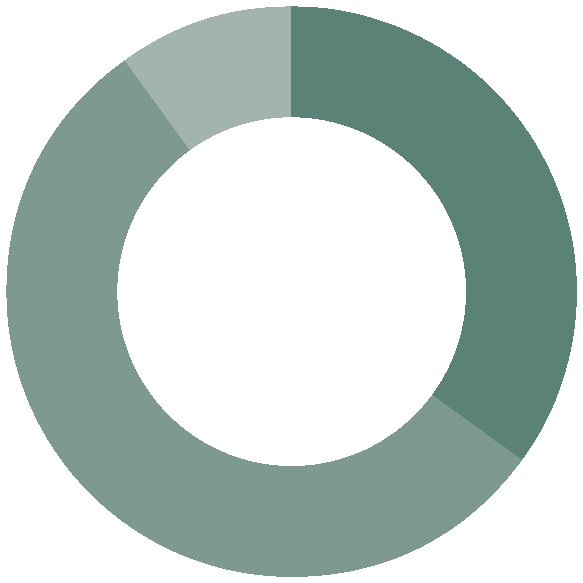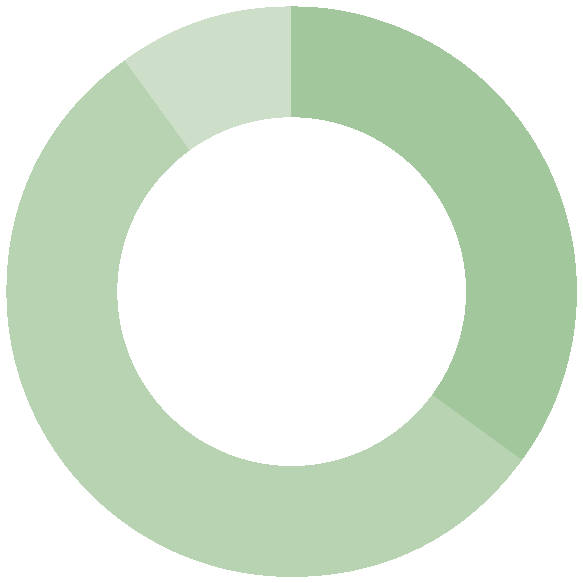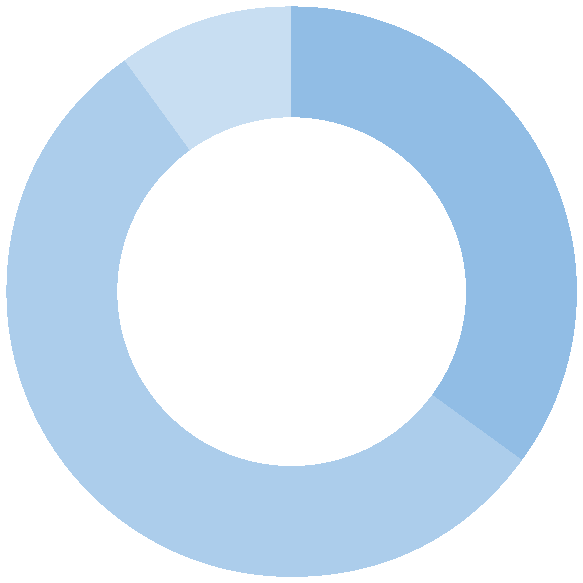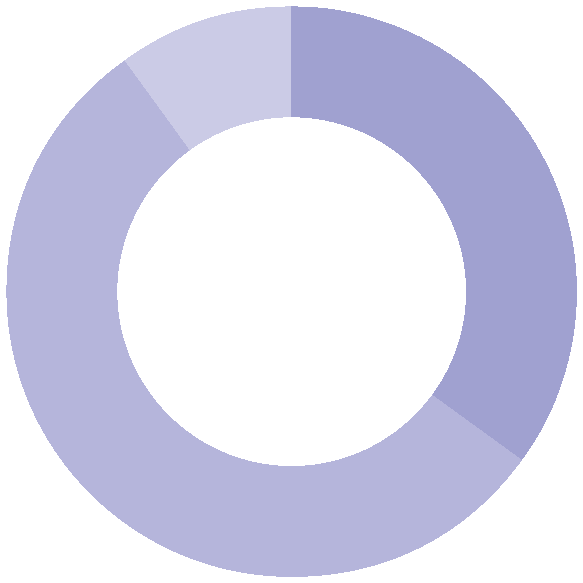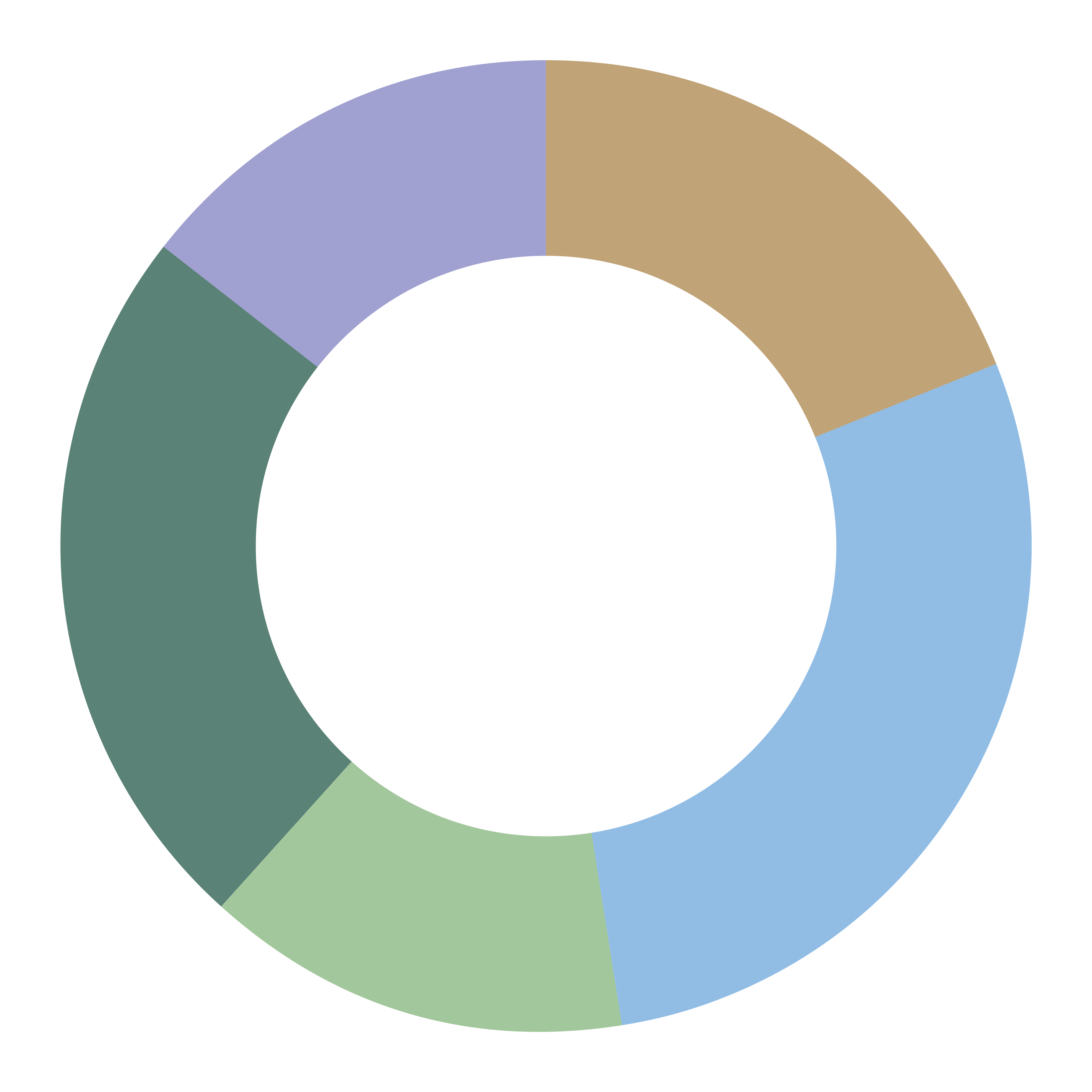-
Three key themes from last quarter:
1. Unprecedented health crisis
We saw a strong start to 2020 as concerns over US-China trade, Brexit and impeachment subsided. However, the optimism faded late in the month as the coronavirus (labelled Covid-19) prompted a switch to safe-haven assets. Energy was particularly hard hit with WTI Crude Oil dropping from highs of $63.27 to $51.56 by month-end. Voices of concern over Coronavirus dominated markets in February, and drowned out a chorus of historical but robust fundamental economic data. Rising concerns about the impact of the coronavirus outbreak sparked a global sell-off in risk assets. The S&P 500 retraced record levels with the fastest correction in its history during the last week of February, ending the month 8.2% lower. The sharp turn in sentiment reverberated across markets as global equities fell, developed market yields declined, credit spreads widened, and the dollar strengthened.
2. Unprecedented market response
While the extent of the fall was not unprecedented, the speed of the financial market response certainly was. Social distancing measures and social mobility restrictions in response to the pandemic caused a sudden stop in economic activity. This, combined with the known unknown of when restrictions would ease and the damage done to the fabric of the economy in the meantime sent equity markets into a rapid tailspin. The US share market tripped circuit breakers three times in two weeks (these are triggered by a sudden 7% drop in the market, resulting in a 15-minute pause in trading), while volatility, measured by the VIX Volatility Index, hit record highs mid-March. Initially bond yields fell but a tightening of liquidity conditions, that were only eased after several policy announcements by the US Federal Reserve, caused yields to spike higher and credit markets to temporarily close.
Earnings growth estimates have been rapidly revised down. Q1 earnings growth estimate for the S&P 500 Index is currently −6% (down from +1% in February), Q2 is −10% (down from +3%), Q3 is −1% (down from +8%), and Q4 is +6% (down from +12%). The 2020 estimate has fallen from +8% to now −2%, while the 2021 estimate is up from +11% to +14%. Most believe these estimates will continue to be revised significantly lower yet.
3. Unprecedented policy response
The policy response to the outbreak of the crisis has been record breaking both in terms of its size and speed. Since the crisis broke, there have been more than 270 stimulus measures announced around the world. In terms of monetary policy, there have been 113 conventional interest rate cuts. In addition, there have been 83 non-conventional monetary measures announced including reducing reserve requirements for banks, injecting large-scale liquidity into the financial system and asset purchases. In total, the global stimulus announced so far amounts to $US3 trillion, equivalent to almost 3% of global GDP. This is almost double the amount injected during the global financial crisis.
-
Australian Equities


– As COVID-19 spread around the world from mid-February, the Australian market fell rapidly over the following month and in a similar fashion to international equities. With a 23.1% decline, the ASX 200 Accumulation Index fell by a greater amount than most overseas markets, representing the largest quarterly fall in domestic equities in more than 30 years. The various developments in response to COVID-19 overshadowed what was a weak half year reporting season through February, which led to broad earnings downgrades across the market.
– The sell off in small cap equities was greater, as is often the case in sharp market corrections.
– From a style point of view, two characteristics were notable in their outperformance of the broader market. Growth companies continue to outpace more value-orientated companies, while those with strong balance sheets were similarly priced at a premium given the current risks around capital raisings.
– Performance among our large cap managers for the quarter was mixed, with stock picking made more challenging by the sharp deterioration in trading outlooks for various sectors and companies as measures to slow the spread of COVID-19 were enforced. Defensive sectors generally performed better, such as health care and consumer staples, while energy suffered the most as the oil price collapsed.
– While contrasting in their style, Bennelong Concentrated and Investors Mutual protected the downside the best for the quarter, while Martin Currie’s Equity Income SMA lagged somewhat. After recording strong performance through 2019, the Selector SMA also reported a solid quarter relative to the benchmark.
– The performance of our small cap managers was also highly variable. Karara generated solid alpha generation in the quarter, helped by exposure to defensive sectors such as gold. The Ophir strategies also held up relatively well, with the managers reacting quickly to adjust the portfolios as the crisis evolved while increasing cash positions.
– The performance of Spheria and QVG was more disappointing, although we note that both managers have now rotated their portfolios to better position and take advantage of opportunities in the current environment.
-
International Equities


– Global equities were down 20.7% in the March quarter 2020 making it the worst quarterly performance since 2008. Reflecting the epicentre of the coronavirus, the worst affected region was Europe, down between 25-29%. Asian markets were down closer to 15-20%. The US S&P500 was down 20.0% and Australian equities fell 24.0%. Emerging markets underperformed in the quarter returning -25.4% against a return of -20.7% for the MSCI world Index.
– The WTI crude oil price finished March at US $20.1 per barrel – the lowest price since February 2002. The collapse in prices threatens the US shale oil industry, which relies on prices sitting above US $40 per barrel.
– The Australian dollar fell 12.7% against the US dollar in the quarter leaving unhedged funds outperforming hedged in general.
– Our core global equities funds, MFS, Magellan, and WCM, all provided some significant downside protection with each falling by less than the benchmark.
– Our two emerging market funds, Somerset and RWC, underperformed Fidelity Asia and UBS. This was due in large part to these funds having a relatively small weighting to China and higher weightings to financials and Russia. Russian equities, hit by the 66.5% collapse in oil prices, were down over 38% in the quarter. In contrast, China was one of the better performing markets given its early exit from the worst of the corona crisis.
– Our listed global real estate fund, Quay Global Real Estate, was weighed down by its allocation to the “communal living” sector, retail and single family housing and apartments. The Fund is defensively positioned with around 17% of asset held in cash, 20% in self-storage, and ~15% combined in Data Storage, Industrial and Life Science sectors which have all held up reasonably well.
– Our two listed infrastructure funds, RARE and Atlas, had mixed results. Positions in utilities and communications tower REITs, in particular in the Asia Pacific region, outperformed positions in airports and rail, particularly in Europe. Airports and toll roads in general were the worst affected sectors in the quarter. The collapse in oil prices also weighed on energy and pipeline and storage facilities. Utilities and communications were the best performing sectors in the quarter. Over 50% of the Atlas portfolio is in utilities while RARE’s allocation to utilities sits at almost 70%.
-
Fixed Income


– Bond yields finished the quarter substantially lower as central banks rushed to cut interest rates following the economic shutdown resulting from the Covid-19 pandemic. In Australia, 10-year yields fell 61 basis points to 0.76%. In the US, 10-year yields fell by 125 basis points to 0.67%. Both investment grade and high yield credit spreads widened substantially over the quarter pricing in a higher risk of corporate default.
– Funds that have larger allocations to government bonds performed better in the quarter than funds with higher allocations to credit. Jamieson Coote and Western Asset Management Australian Bond Fund benefited from the decline in government bond yields.
– Credit funds, such as the Macquarie Income Opportunities Fund and the Bentham Global Income Fund suffered as credit markets deteriorated over the quarter. Despite have a high weighting to cash, the Bentham fund also has an allocation to loans which has suffered a greater deterioration in conditions than bonds. It is important to remember that this is a mark-to-market move only. A subsidence of illiquidity pressures late in March and in April has seen credit spreads come back in somewhat. Credit funds will only suffer a permanent loss if there are defaults. Fortunately, both of these funds are heavily diversified with each having in excess of 500 credit securities. This means if there are any defaults in the fund, the impact will be cushioned.
– The negative mark to market impact has also affected Aquasia in terms of its allocations to RMBS in particular.
– Like our other credit funds, Kapstream suffered from a widening in credit spreads over the quarter. The fund holds around 50% in financials and around 30% in RMBS.
– This was also the case with the JP Morgan fund where the fund holds around 60% in securitised assets. Around 25% of the fund is also in investment grade credit, high yield and emerging market debt. All three sectors have been affected more by the deterioration in market conditions.
– The PIMCO Global Bond Fund is a blend of government and credit securities. As such, its performance was cushioned somewhat in the quarter with the returns from the government holdings providing an offset to credit.
– Further out the risk spectrum, the LM Brandywine Global Opportunistic Fixed Income Fund can make allocations to sovereign bonds in both developed and emerging markets as well as take active currency positions. Over the March quarter, the negative returns from currency dominated performance. The manager maintains an underweight position in the US dollar, the Japanese yen and the euro and overweight positions in emerging markets.
-
Alternatives


– Alternative assets were not immune from the widespread selling across all asset classes that began in late February and continued in to March as investors reacted to the implications of sudden stops in economies across the world following government imposed travel restrictions and social distancing rules to try slow the spread of Covid-19.
– In the hedge fund space global long short equity managers softened the blow compared to their long only counterparts as most reduced their net market exposure and increased their short bets on both single stocks and market indexes as the quarter progressed. Antipodes Global finished the quarter down 5.33% and attributed their relative outperformance against the MSCI ACWI NR AUD which was down 9.7% to their use of index put options and CDS protection which both profited in the selloff. The Platinum International team were quick to react, reducing their net exposure from 84% to as low as 60% during March and have subsequently increased this as volatility begins to fall back from record highs. Bennelong Long Short was the best performing hedge fund for the quarter finishing up 2.72% as the Australian equity market neutral strategy gained from relative value pairs in the financials and energy sectors early in the quarter.
– Regal Australian Small Companies Fund was the worst performer of the hedge funds as small cap stocks were hit hardest as investors moved out of riskier segments of the market on liquidity concerns and focused on higher quality securities. Some of the funds top performers from 2019 were now the biggest detractors over the quarter as names like Opthea, Zip and EOS were among the worst performers in the ASX Small Ords Index.
– AMP Core Infrastructure Fund was impacted by the crisis as the fund’s largest position, Australia Pacific Airport Corporation (parent company of Melbourne Airport) saw air traffic volumes fall sharply over the quarter as governments shut state and national borders. The funds allocation to defensive assets with long-term contracts like Public Private Partnerships (PPPs) or regulated utilities with relatively inelastic demand, such as water or electricity, helped lower volatility over the quarter.
– In a market that finds itself uncorrelated with broader moves in equity or fixed income markets the Attunga Power and Enviro Fund produced a 1.67% return for investors on their trades in the Australian electricity futures and options markets over the quarter. The team reduced its net exposure as the quarter progressed on lower gas prices in Australia.
– Barwon Healthcare Property Fund will see an impact to quarterly distributions as government imposed bans on elective and noncritical surgery means volumes at many of the managers tenant facilities will fall sharply during the crisis period whilst other facilities are being repurposed to help the strained public healthcare system in the fight against Covid-19. Mandatory rent reductions in line with the fall in revenues for many tenants will be imposed by governments and could be 2021 or later before some of these rental incomes are recovered by the fund.
– Private Equity manager Partners Group will see a more immediate fall in values compared with the GFC during which private equity values didn’t begin to decline until March 2009. In the current environment the impact of reduced EPS will be felt more quickly by private firms and inline with their listed counterparts. The fund remains well positioned to take advantage of any forced selling within the secondary market as they currently have roughly $15bn in cash.
